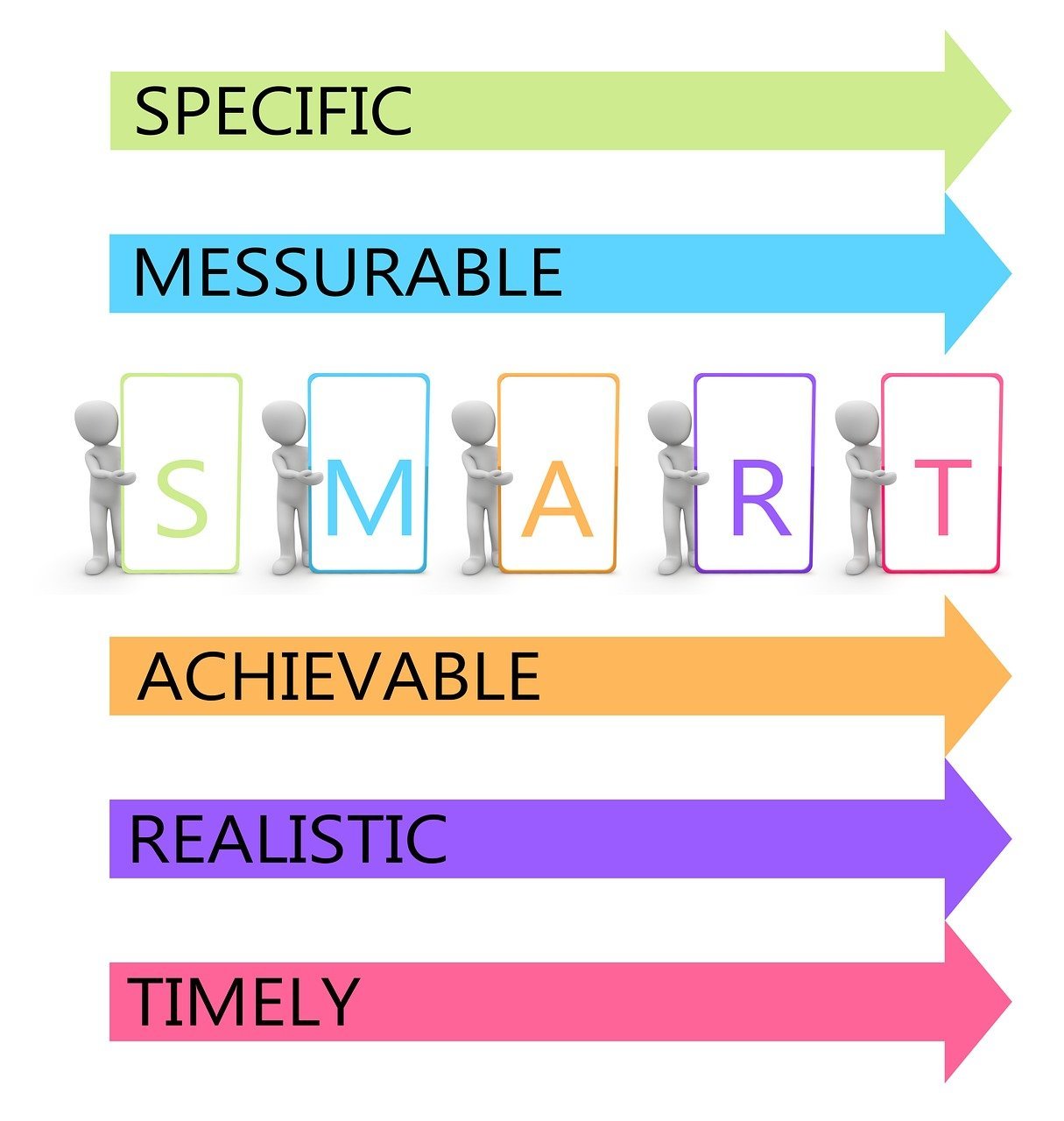Setting goals is an essential part of personal and professional growth. However, simply setting goals without a clear plan and effective tracking can lead to frustration and a lack of progress. That’s where SMART goals come in. SMART is an acronym that stands for Specific, Measurable, Achievable, Relevant, and Time-bound. By following this framework, you can set goals that are more likely to be achieved and track your progress along the way. So, continue reading to discover how to set SMART goals and track your progress. We have also created a short video about setting and tracking SMART goals. We have also created a YouTube video to help you with setting and tracking your SMART goals.
Specific
The first step in setting a SMART goal is to make it specific. Instead of setting a vague goal like ‘I want to lose weight,’ be specific about how much weight you want to lose and by when. For example, ‘I want to lose 10 pounds in the next three months.’ This specificity helps to provide clarity and focus.
Measurable
A goal should be measurable so that you can track your progress. In our weight loss example, you can measure your progress by stepping on the scale regularly and keeping a record of your weight. This measurement allows you to see how close you are to reaching your goal and make any necessary adjustments to your plan.
Achievable
While it’s important to set ambitious goals, they should also be achievable. Setting a goal to lose 50 pounds in a week is unrealistic and can set you up for disappointment. Instead, set goals that are challenging yet attainable. This way, you can maintain your motivation and celebrate your progress along the way.
Relevant
A goal should be relevant to your overall aspirations and values. If losing weight is not a priority in your life right now, it may be better to focus your energy on a goal that aligns with your current circumstances. Choose goals that are meaningful to you and will have a positive impact on your life.
Time-bound
Setting a deadline for your goal is essential. Without a time frame, there is no sense of urgency, and it’s easy to procrastinate. By setting a specific timeframe, such as three months to lose 10 pounds, you create a sense of accountability and motivation to stay on track.
Now that you understand the components of a SMART goal, it’s time to start setting your own. Here are some tips to help you along the way:
- Write down your goals: Putting your goals on paper makes them more tangible and helps you commit to them.
- Break down big goals into smaller milestones: Breaking a big goal into smaller, manageable steps makes it less overwhelming and easier to track progress.
- Create an action plan: Outline the specific actions you need to take to reach your goals. This plan will serve as your roadmap to success.
- Track your progress: Find a method that works for you, whether it’s using a goal-tracking app or a simple pen and paper. Regularly reviewing your progress will help you stay motivated and make adjustments as needed.
- Celebrate milestones: Take time to celebrate your achievements along the way. Rewarding yourself for reaching milestones will keep you motivated and give you a sense of accomplishment.
In conclusion, remember that setting SMART goals is just the first step. Tracking your progress and making adjustments along the way is equally important. Amazon has a wide selection of goal trackers and journals that will surely inspire you to keep track of your goals. We believe that by following these guidelines, you’ll be well on your way to achieving your goals and living a more fulfilling and blissful life.







